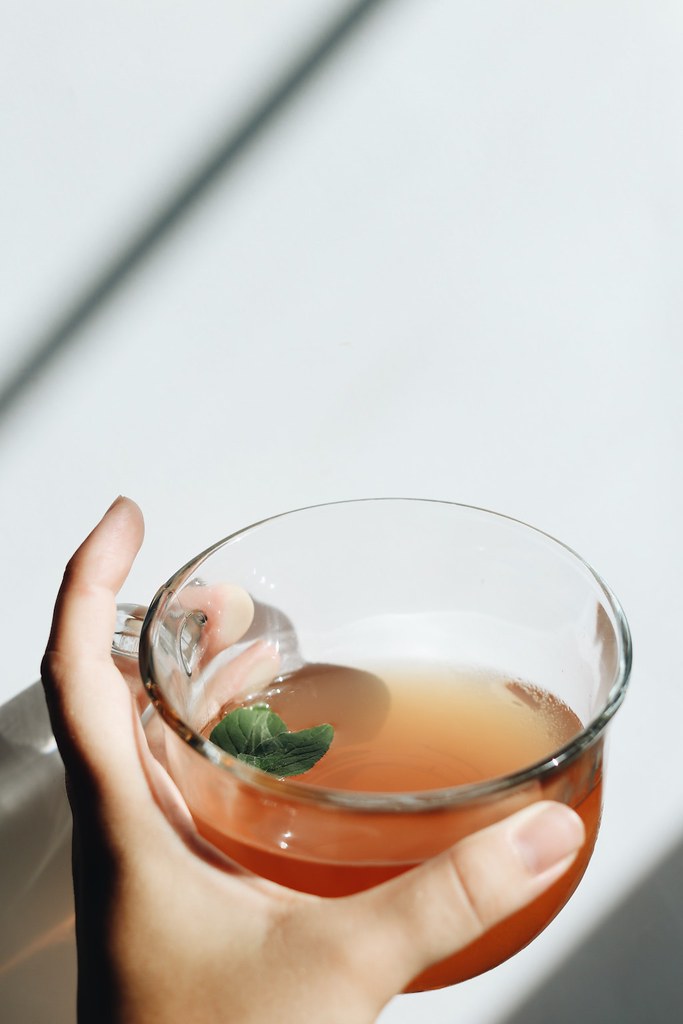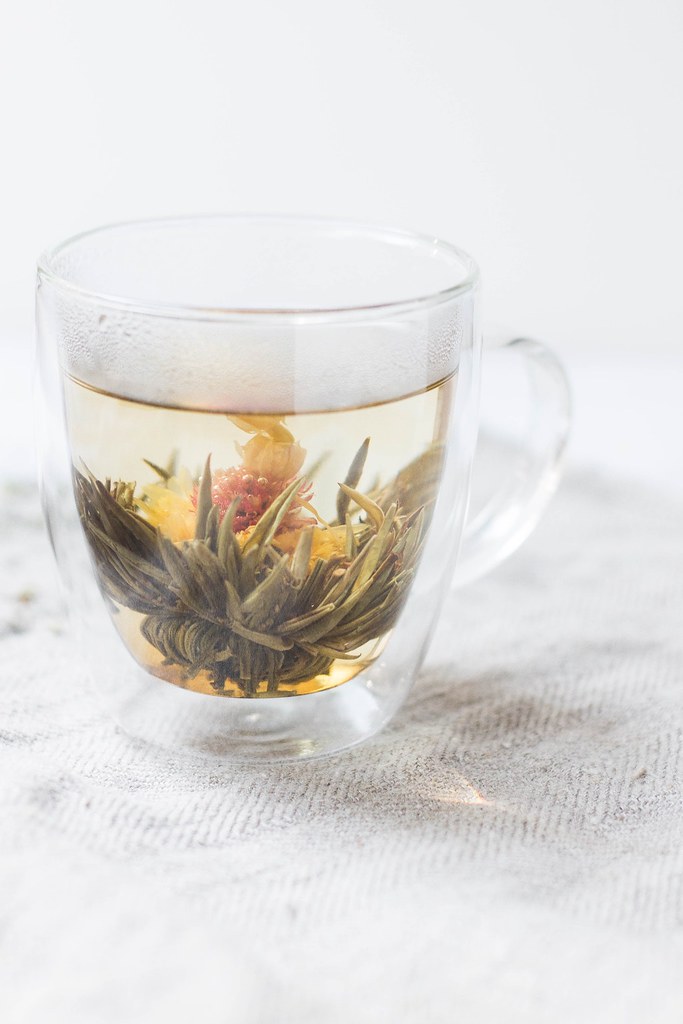This post may contain affiliate links. Please read my disclosure for details at the bottom of this post. As an Amazon Associate, I earn from qualifying purchases on this post about different types of Korean tea!
Are you a fan of tea? Across the globe, tea is notably the second most widely consumed drink after water. This love of tea is no exception in South Korea. You will find that tea is an incredibly important part of their cultural identity. When traveling to South Korea, you will find countless types of teas available on the market. While some are common and available across the globe, others are very unique–you may have never heard of or tried them. So, here, we will list 10 popular Korean teas to try at home!
South Korean Tea Fact: In some schools across South Korea, you may find their fountains contain barley tea instead of water.

Do You Like Tea?
What Is Traditional Tea? What About Korean Tea?
Traditionally, ‘tea’ refers to a fragrant beverage made by pouring hot water over cured or fresh leaves of Camellia sinensis, a native type of evergreen shrub to China and other East Asian countries. Examples of such teas made from Camellia sinensis include green and black teas.
These days, when speaking about drinks made from different types of flora, such as mint, citron, or barely, people refer to them as ‘tea’ as well.
Also, tea has a vast amount of different flavor profiles. Some of these flavor notes include sweet, nutty, floral, and grassy. So, if you find one that you do not enjoy, do not reject all types of tea! There is an abundance of types you may enjoy!
Tea Fact: Like we stated above, after water, tea is the most consumed drink across the globe. Just think, the British consume approximately 100 million cups of tea a day. That is equal to approximately 36 billion cups in a year.
Korean Tea
In Korea, you will find teas made from leaves, roots, flowers, fruits, grains, edible mushrooms, seaweed, and more. So, let’s learn about the different types of tea. Below, we only listed 10 types of Korean teas. You can find many, many more tea when visiting South Korea! Maybe, we will include further lists for you to try!

A Beautiful Example of a Cup of Flower Tea.
10 Popular Types of Korean Tea to Try
Below, we listed some popular types of Korean tea you try at home! If we did not list one of your favorite Korean teas, let us know in the comment section below or email us at [email protected]! We love hearing your recommendations!
1. Citron Tea 유자차 (Yuja-Cha)
Korean citron tea is a herbal tea made by preserving the yuja fruit (citron in English) with sugar and/or honey. This preserved fruit is actually very similar to western-style marmalade. Then, once preserved, people in Korea spoon the marmalade-like citron tea into a cup of hot water. It will dissolve, leaving only bits of the fruit that you can chew on as you drink the tea.
You can easily find Korean citron tea in Asian grocery stores and online. Actually, they have started selling it in certain Costco’s around the world. Below, we listed two types you can buy on Amazon.

2. Barley Tea 보리차 (Bori-Cha)
Korean barley tea is made from roasted barley steeped in hot water. Often, this drink is consumed cold. So, if you like iced tea, this Korean barley tea is perfect for you!
Remember, for those who need to avoid gluten, barley is not gluten-free. So, keep away from this tea!
Once again, you can easily find this tea in Asian grocery stores and online. Below, we listed two types you can buy on Amazon.

3. Chrysanthemum Tea 국화차 (Gukhwa-Cha)
This type of tea is made using chrysanthemum flowers that are collected when they are still budding. At this point, they aren’t fully opened. Then, the flowers are blanched, washed, and dried for later use. When you make this drink, place a few flowers in a cup and pour hot water over them. Then, the flowers will open in the glass.
You can buy chrysanthemum teas in powder form in tea bags or the bud form. Both are available in Asian grocery stores and online. Below, we listed two types you can buy on Amazon.

4. Jujube Tea 대추차 (Daechu-Cha)
This jujube tea is made similarly to citron tea. To make this tea, you make a marmalade-like mixture using dried or fresh jujube (dates) and honey. Then, when you want to drink the tea, you mix it into hot water until dissolved. Often, people in Korea mix other ingredients into this tea as well!
Once again, you can easily buy this in Asian grocery stores and online.

5. Corn Tea 옥수수차 (Oksusu-Cha)
In South Korea, they make corn tea from dried and roasted kernels of corn. Then, they add the roasted kernels into boiling water. The kernels sit in the boiling water it turns turns yellow. You then strain the tea and discard the kernels. On one hand, people like to add sugar to this drink. On the other hand, many people believe this tea is already slightly sweet without adding the sweetener.
As always, you can easily buy this in Asian grocery stores and online.

6. Corn Silk Tea 옥수수수염차 (Oksusu-Suyeom-Cha)
While you make the tea above from corn kernels, you make this tea from the silky part of the corn husk. Isn’t it great that they use this part of the corn versus just throwing it away? People often find that corn silk tea is slightly sweeter than the roasted corn kernel version.
This tea is also available in Asian grocery stores and online.

7. Tartary Buckwheat Tea 메밀차 (Memil-Cha)
To make this tea, you use roasted buckwheat that you then steep in hot water. Like most traditional Korean teas, you can drink this either hot or cold.
Recently, tatari (tatary) buckwheat grown in the northern Gangwon Province of South Korea is becoming increasingly popular. This type of buckwheat is nuttier.
Luckily, for those who are gluten-free, buckwheat does not contain any gluten! But, like always, check the ingredients and manufacturing process on the back of the box.

8. Plum Tea 매실차 (Maesil-Cha)
Plum tea is made from Korean plum extract! To make this drink, combine the plum extract with cold water. Then, serve the drink with some ice! This is perfect during the really hot months of the year.
Below, we listed two different types of Korea plum extract you can buy on Amazon.

9. Honey Plum Tea 꿀매실차 (Kkul Maesil-Cha)
While the plum tea above is made from plum extract, this is made from plums preserved in honey. Like the citron and jujube teas, you make this plum tea by preserving plums in honey. Then, you can spoon out the tea and add it to hot water. Finally, stir the mixture until the honey dissolves.
Below, we listed a jarred Korean honey plum tea as well as another type of Korean plum extract!

10. Job’s Tears Tea 율무차 (Yulmu-Cha)
In South Korea, you make this tea from a combination of powdered Job’s tears grains such as walnuts, black beans, black sesame, almonds, corn, and brown rice. Then, you add sugar to make the drink sweeter. This is a healthy tea you can enjoy anytime!

We Hope You Enjoy Learning About Korean Tea!
In the end, we hope you enjoyed learning about different Korean teas. If so, let us know in the comment section below. Also, we would love to hear about your favorite cultural drinks as well!

A Warm Cup of Tea–Perfect.
If you would like to read more about cooking, you can find further recipes on our blog. We listed some of our favorite Carving A Journey beverage recipes below! For reference, many recipes are influenced by our blended Korean and Southern heritage.
Carving A Journey Korean Drink Recipes:
- Strawberry Matcha Latte
- Dalgona Coffee (Korean Whipped Coffee)
- Soju Caipirinha (A Korean Take on Brazil’s National Drink)
- Korean Strawberry Milk Recipe
- Brown Sugar Iced Latte (Korean Burnt Sugar Latte); And
- Korean Banana Flavored Milk
If you have any questions or comments, you can also email us at [email protected].
And, finally, we would love to hear from you through our social media as well! You can follow us at @carvingajourney on Instagram, Twitter, Facebook, and Pinterest. Or, if you would like more articles like these, you can subscribe to our blog by joining our mailing list. We hope you enjoyed this list of Korean teas! Thank you so much for stopping by!
Carving A Journey is a participant in the Amazon Services LLC Associates Program, an affiliate advertising program designed to provide a means for sites to earn advertising fees by advertising and linking to Amazon.com. Although we may earn commissions for our endorsement, recommendation, testimonial, and/or link to any products or services from this website, these opinions are my own and I fully support these products.

